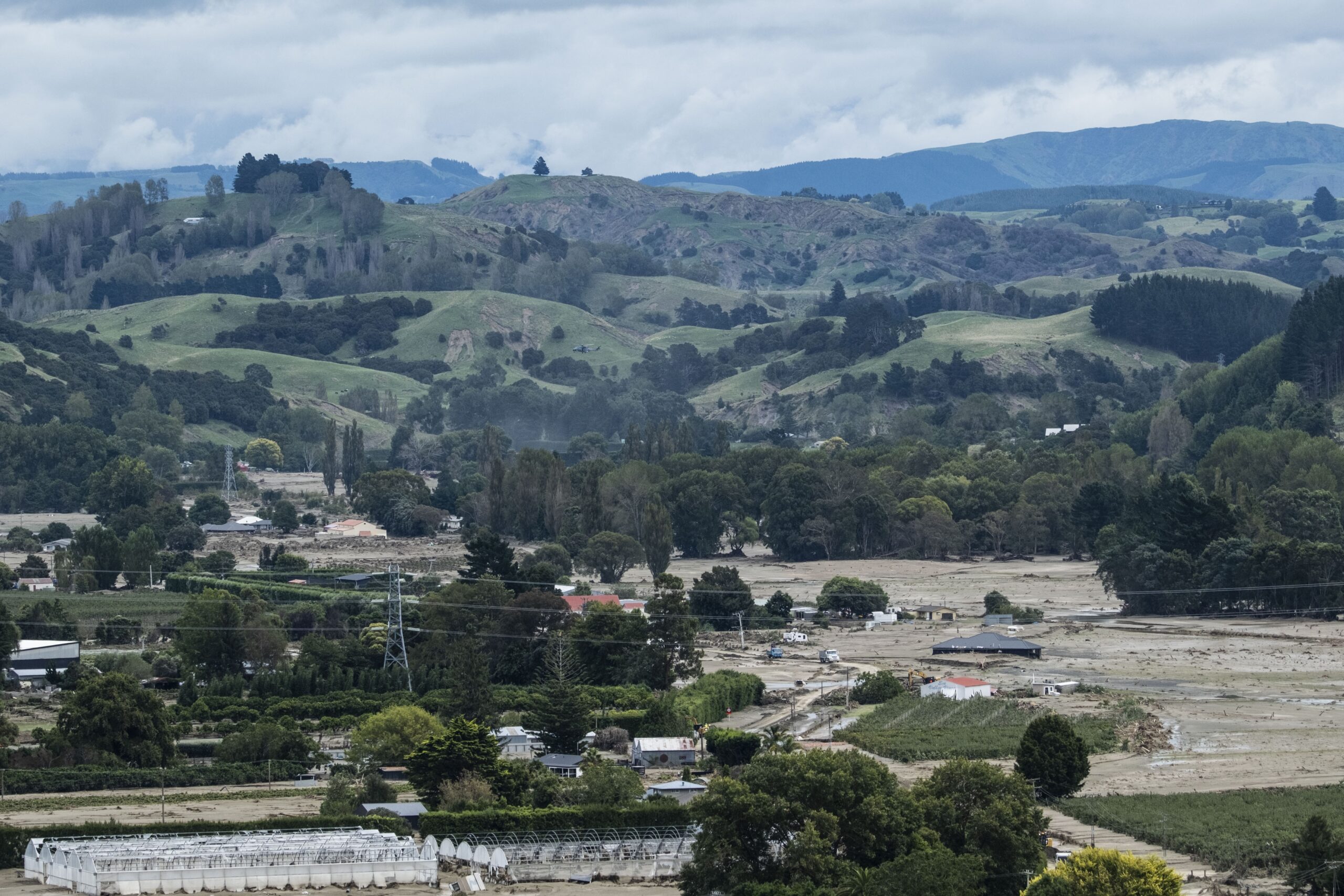On Tuesday, 14 February, and for only the third time in history, the New Zealand government announced a national state of emergency.
The flooding and destruction that followed in the wake of Cyclone Gabrielle left Northland, parts of Auckland and the eastern coastline of the North Island in devastation. Prime Minister Chris Hipkins said the storm, which killed 11 people, caused damage “on a scale not seen in New Zealand for at least a generation.”
In some areas, over half a metre of rain fell in just 11 hours, thousands of homes were flooded, and an estimated 10,500 people were displaced. Roads were submerged, and key highways were closed by landslides and roads collapsing. Power supplies and mobile phone services were also impacted — making it nearly impossible to contact those in urgent need.
This latest disaster followed just two weeks after Auckland received around half its annual rainfall in the first 45 days of 2023, causing widespread flooding. The finance minister declared this the ‘biggest non-earthquake event’ in terms of insurance ever recorded in the country.
Prioritising vulnerable customers
In the first weather event, an estimated 30,000 claims were received across the industry. They span every loss type – from domestic and commercial properties, including manufacturing plants, supermarkets and rest homes. The flood water also damaged countless vehicles.
Today, while search and rescue teams continue recovery efforts on the East Coast, our adjusters continue to help stranded and homeless policyholders.
Our local NZ CAT response team has scaled up with our regional hubs triaging each claim as it comes in. Our focus is on visiting ‘priority one’ customers — providing a focused response and extra care for the more vulnerable. For those left completely homeless, the local shortage of housing stock is adding pressure to the escalating requirement for temporary accommodations.
Working together
Across the country, our extensive major and complex loss (MCL) and loss adjusting teams have been mobilised to help manage this enormous claim surge, with additional expert assistance coming in from Sedgwick colleagues in Australia, Canada and South Africa. Digital tools also enable remote desktop support from skilled claims management teams in our global network. We’re all focused on ensuring that initial visits and assessments are carried out as swiftly as possible.
Landslip claims are a little more complicated as this involves separate policy cover, which is uniquely provided by Toka Tū Ake EQC, also known as the Earthquake Commission, which is a New Zealand Crown entity. Our local adjusters are processing this work in close collaboration with customers’ household insurers.
Comprehensive support
There are many different facets to these recent weather events, which require a comprehensive range of skills and support from various areas of the business.
- Building consultancy – Our building consultancy teams are on the ground and continue to help customers in the worst affected areas – coordinating the initial property strip-out. This is closely followed by the scoping and costing of damage. They are managing the associated challenges caused by global supply chain issues on some building materials, notably plasterboard wall linings and kitchen joinery.
- EFI Global – Several damaged buildings have been declared structurally unsafe and ‘red-placarded’ by the local council — reinforcing the need for engineers from EFI Global to be on site for inspections.
- Forensic accounting – There are many major loss and commercial claims, most of which include a business interruption (BI) element. Our forensic accounting team is responding swiftly to any BI losses to make sure customers get the vital interim financial support they need promptly.
Industry collaboration
Across the industry, experts are collaborating to share resources and information, ultimately working together to provide the fundamental help that’s needed by so many displaced and distressed customers. We’re all balancing the need for a rapid response with getting the work done properly while protecting the safety of our teams.
As an industry, we have a mountain of work to get through over the coming months, but our focus remains firmly on providing an exemplary level of customer care. Never has ‘caring counts’ meant more.

